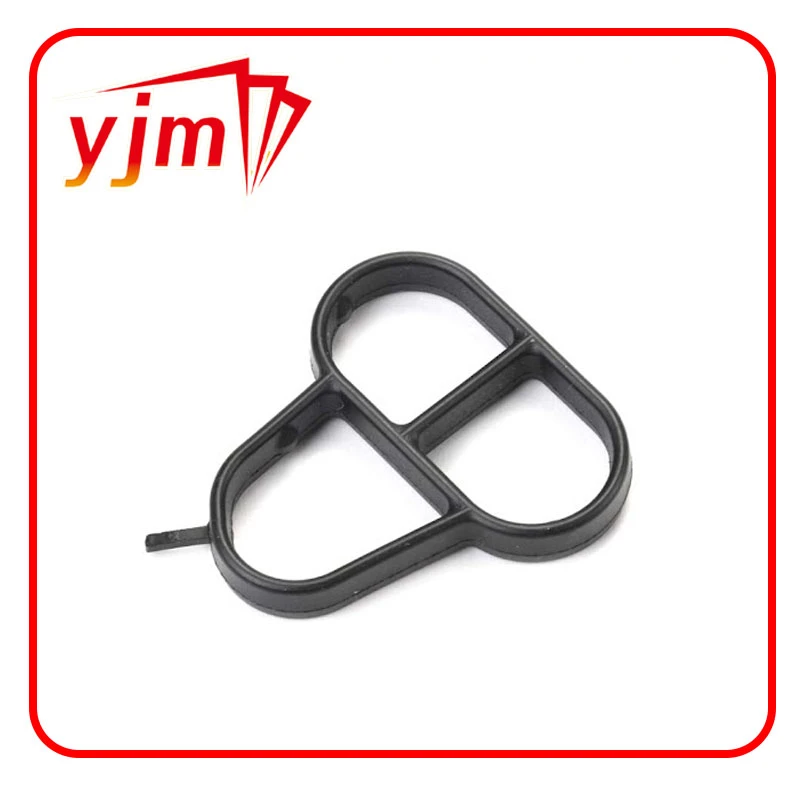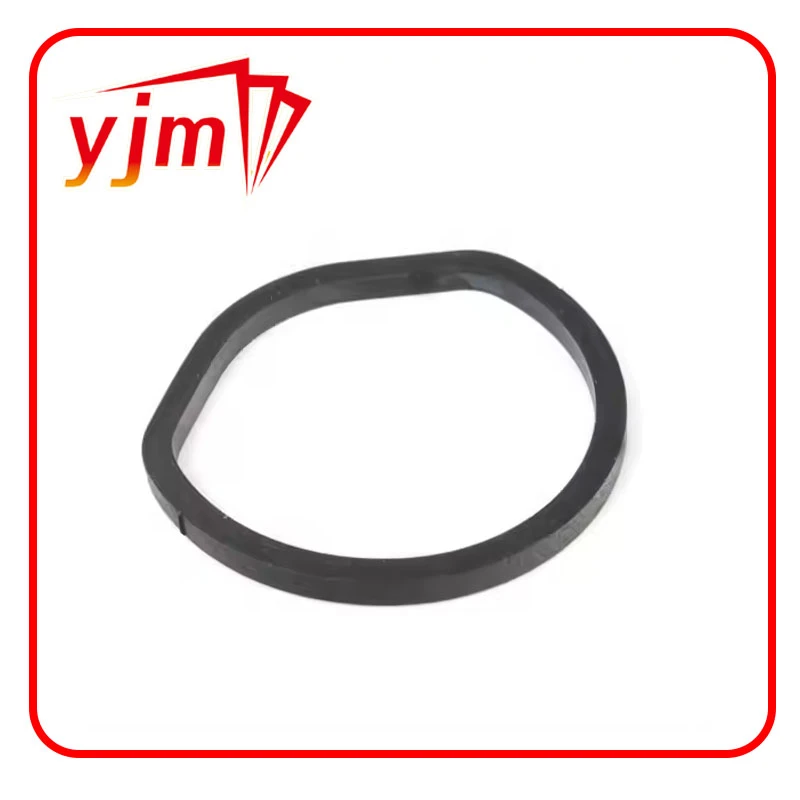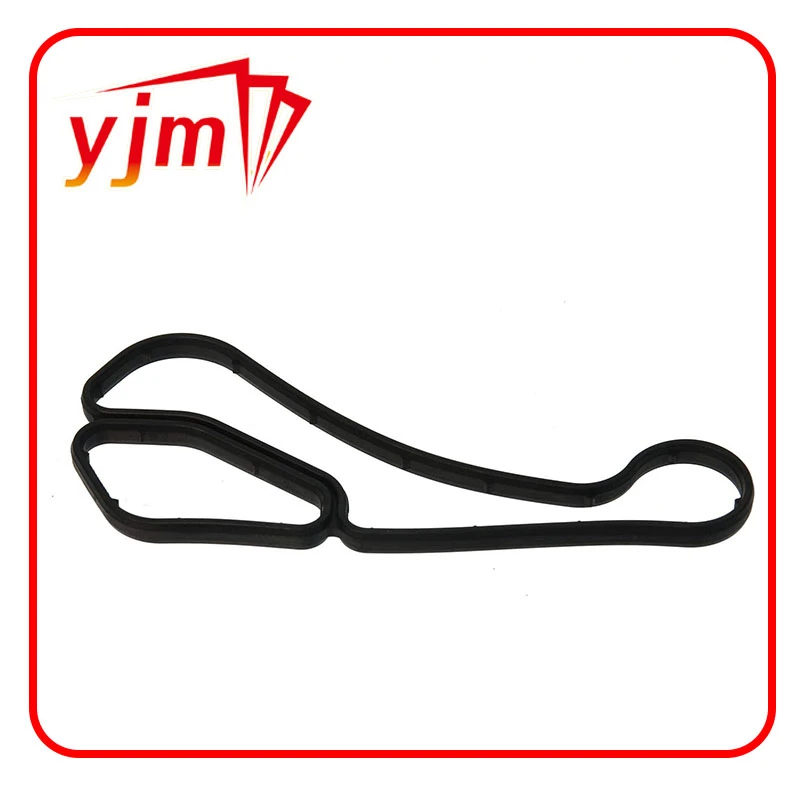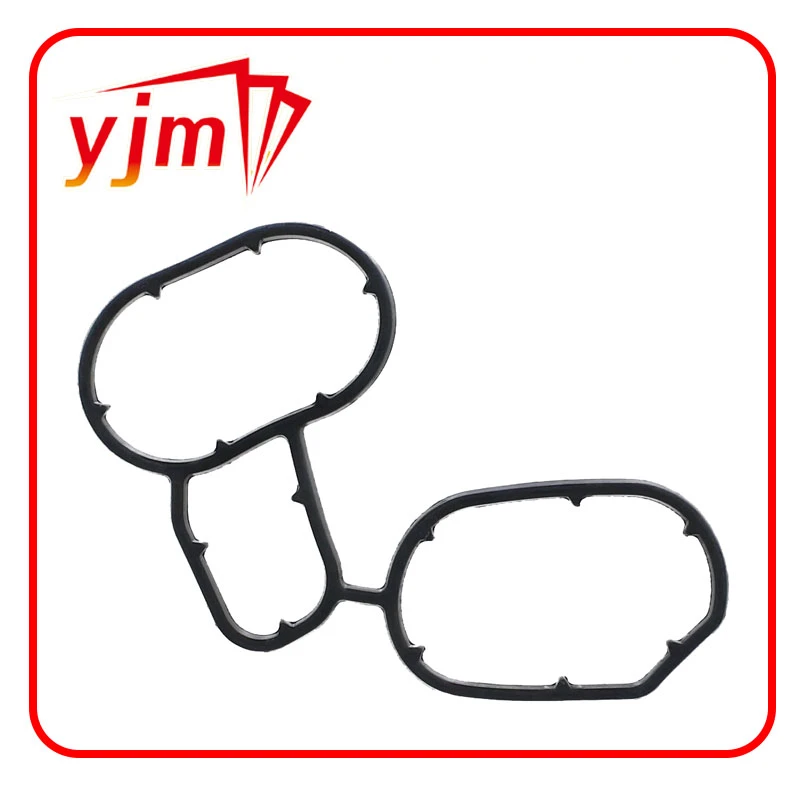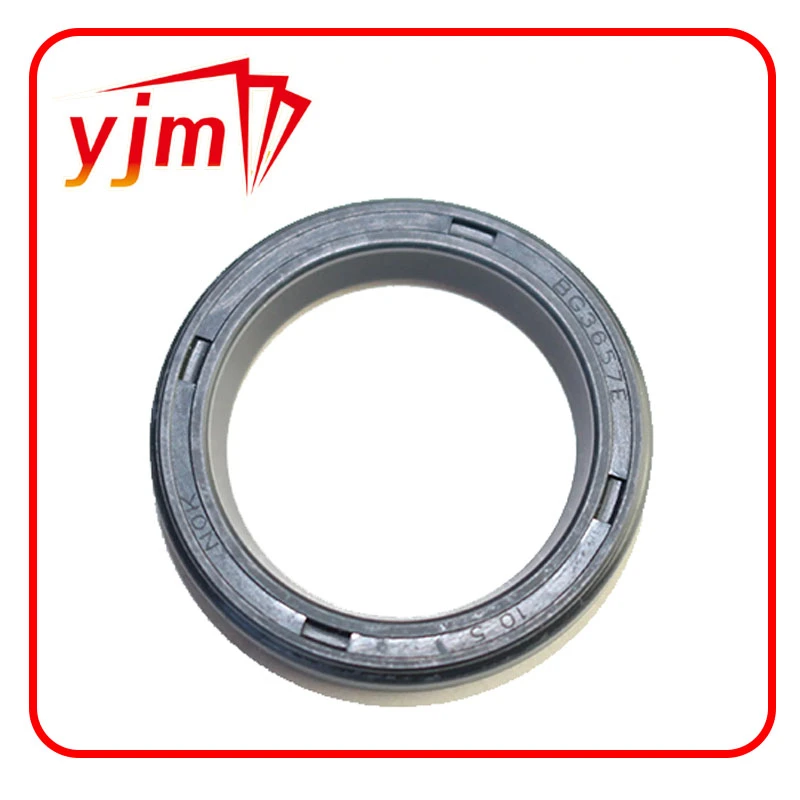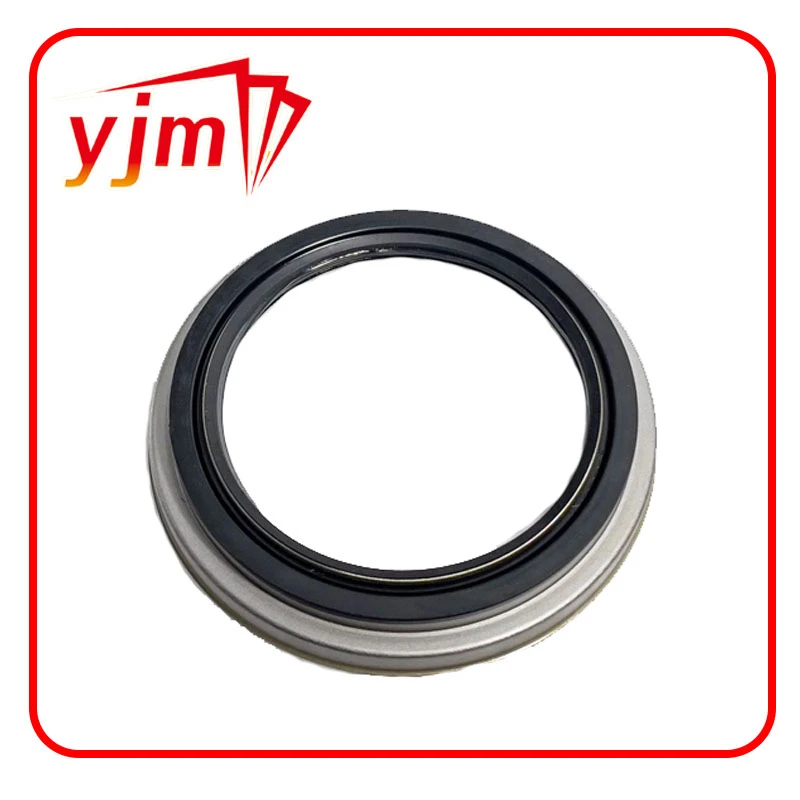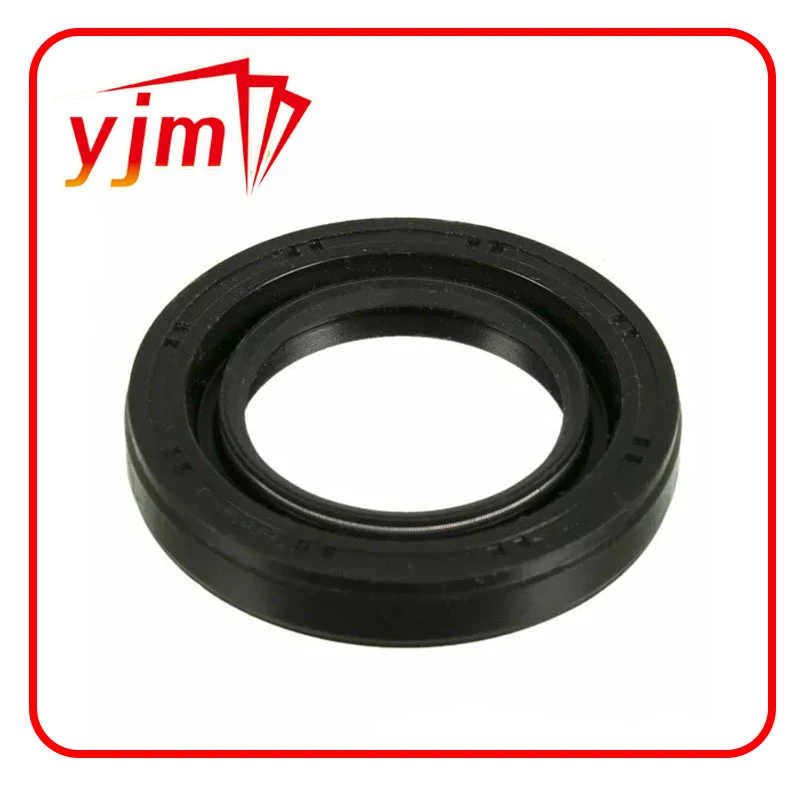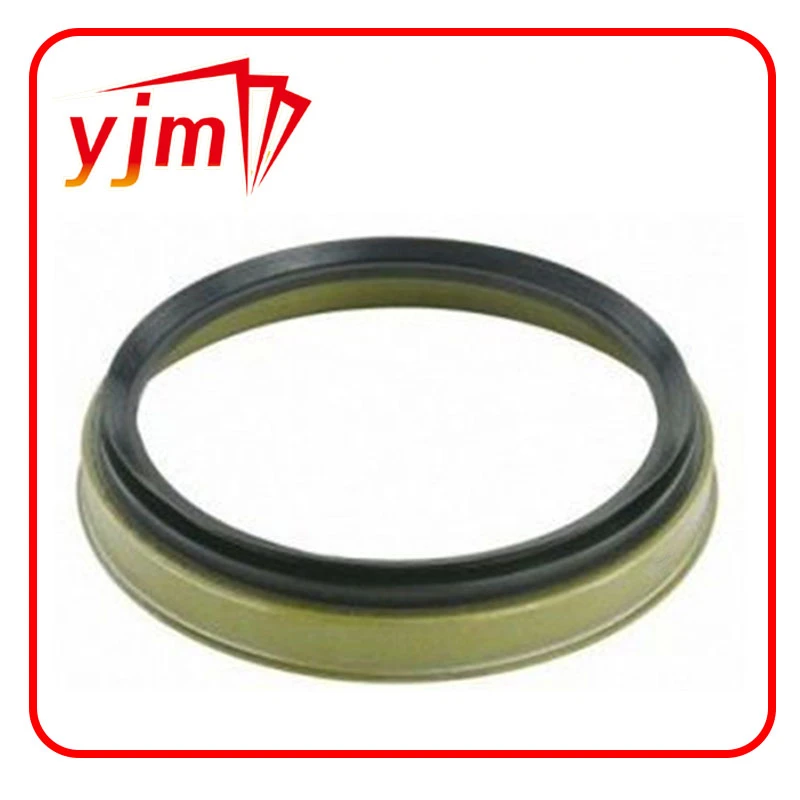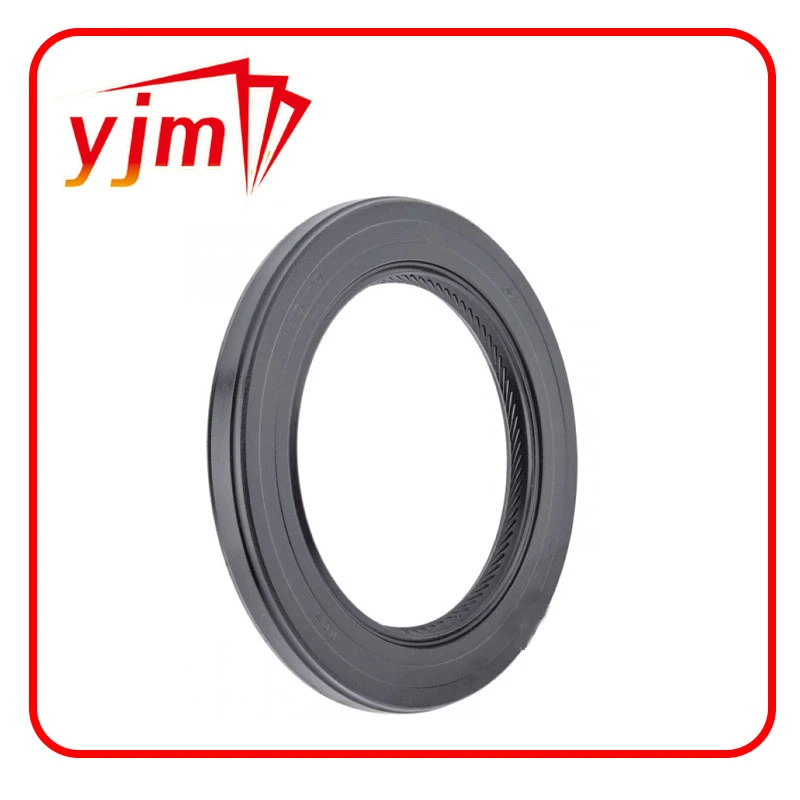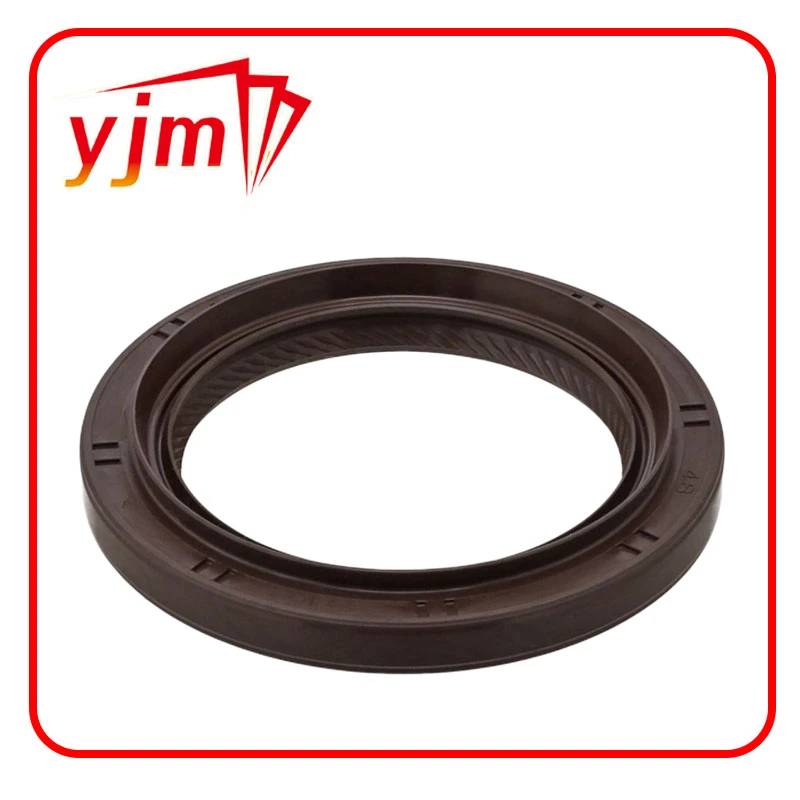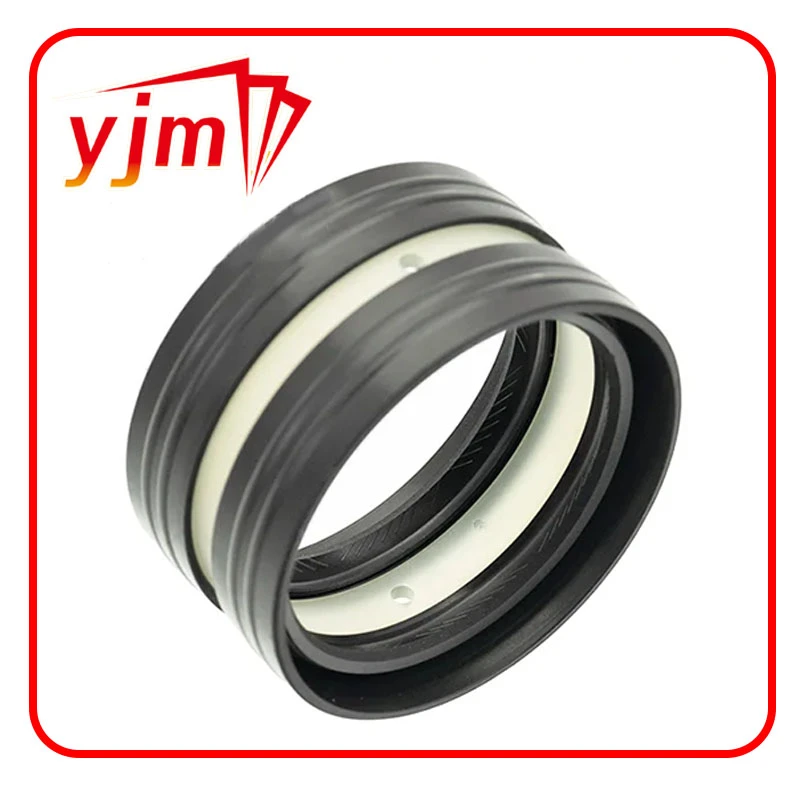rear end pinion seal
The rear end pinion seal is an essential component of a vehicle's drivetrain, specifically within the rear differential assembly. This seal plays a critical role in preventing the escape of lubricant from the differential while also keeping dirt and debris from entering the assembly. When properly functioning, the rear end pinion seal ensures that the differential operates smoothly, providing effective power transfer to the rear wheels.
The rear differential is responsible for allowing the rear wheels to rotate at different speeds, especially during turns. It houses the pinion gear, which connects to the driveshaft, and the ring gear, which drives the axle shafts and ultimately the wheels. The pinion seal is positioned at the front of the differential housing and is crucial for maintaining the proper lubrication of the gears inside. Without adequate lubrication, the gears can experience excessive wear and overheating, leading to costly repairs.
Common issues associated with rear end pinion seals include leaks and deterioration over time. Factors such as excessive heat, age, and exposure to road debris can contribute to the breakdown of the rubber or synthetic materials used in the seal. A leaking pinion seal can result in a significant loss of differential fluid, which may lead to damage to the differential assembly if not addressed promptly.
rear end pinion seal
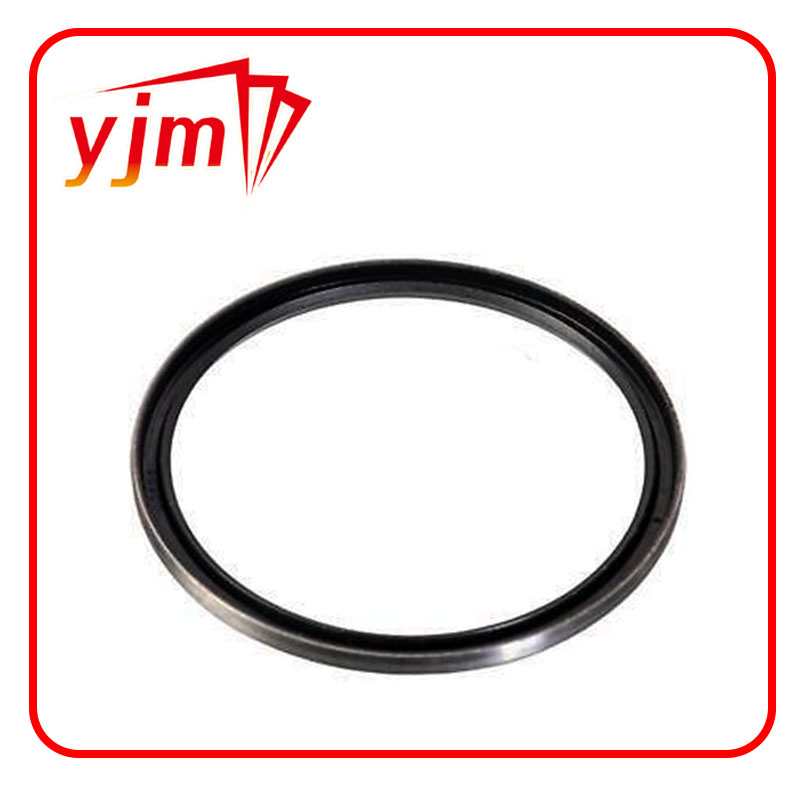
Identifying a leak from the rear end pinion seal can be relatively straightforward. Drivers may notice fluid spots under the vehicle or a shine on the differential housing. If neglected, a leaking seal can lead to more severe problems, including costly repairs or even complete differential failure. Therefore, it is important to regularly inspect the seal and differential fluid levels as part of routine vehicle maintenance.
Replacing a worn or leaking rear end pinion seal is a task that can be performed by a knowledgeable DIY enthusiast or a professional mechanic. The process typically involves raising the vehicle, draining the differential fluid, removing the driveshaft, and replacing the old seal with a new one. After installing the new seal, the differential should be filled with the recommended fluid to ensure proper lubrication.
In conclusion, the rear end pinion seal is a small but vital component of a vehicle’s drivetrain. Proper maintenance and timely replacement of this seal can help ensure the longevity and performance of the differential, ultimately contributing to a safer and more reliable driving experience. Regular inspections and awareness of potential signs of wear can save vehicle owners from future headaches and significant repair costs.
-
The Ultimate Guide to Boat Propeller Bearings and Trailer Wheel Bearings
News Jul.31,2025
-
The Essential Guide to Marine Bearings and Boat Trailer Wheel Bearings
News Jul.31,2025
-
The Complete Guide to Heavy Duty Seals: Protecting Doors and Spaces Efficiently
News Jul.31,2025
-
Essential Guide to Marine Shaft Bearings and Boat Trailer Axle Bearings
News Jul.31,2025
-
Comprehensive Guide to Marine and Trailer Bearings for Safe Boating and Transport
News Jul.31,2025
-
Comprehensive Guide to Automotive Oil Seals: Protecting Your Engine and Shafts
News Jul.31,2025
-
Understanding Automotive Oil Seals: Essential Components for Engine and Shaft Protection
News Jul.30,2025
Products categories

